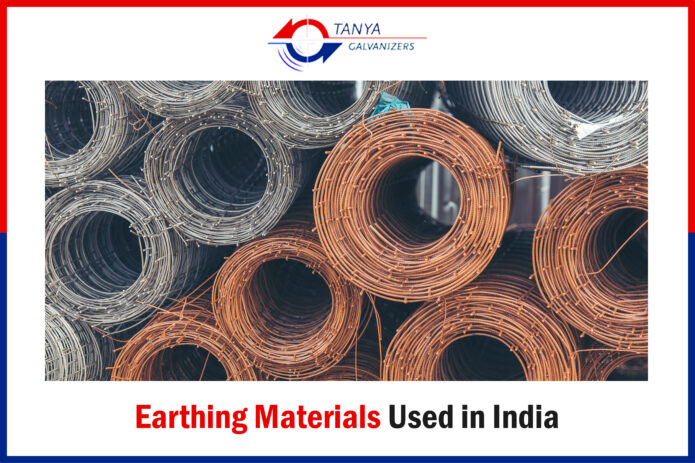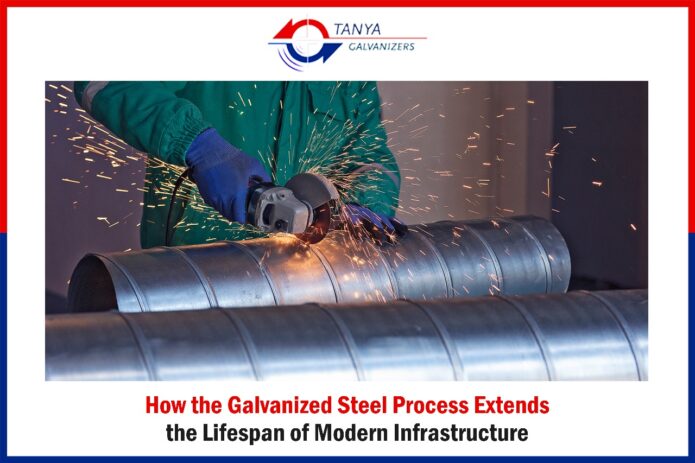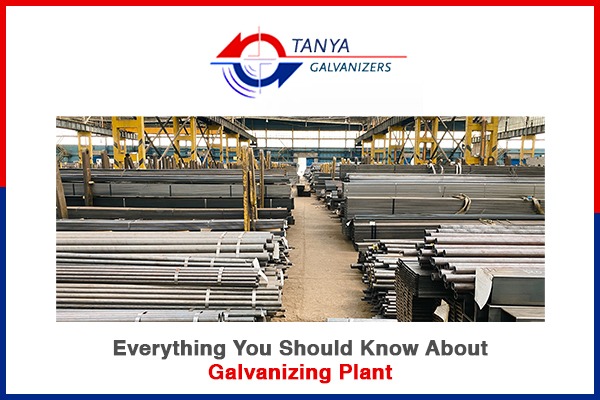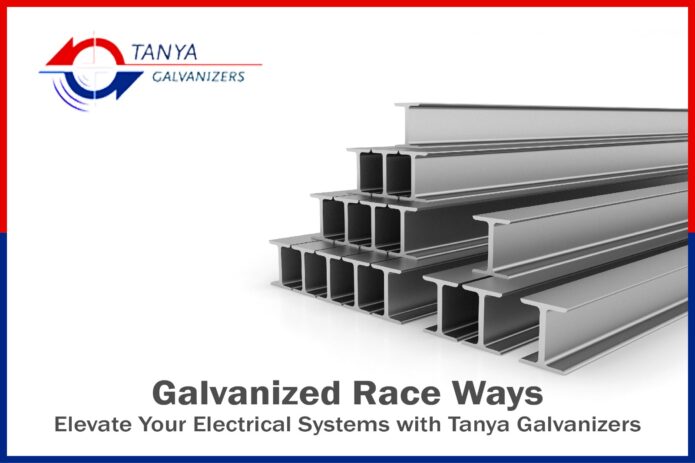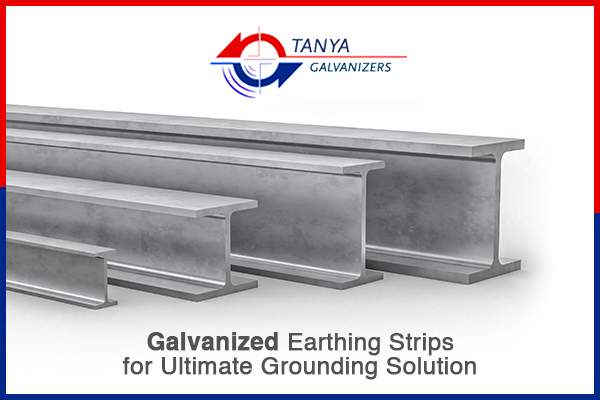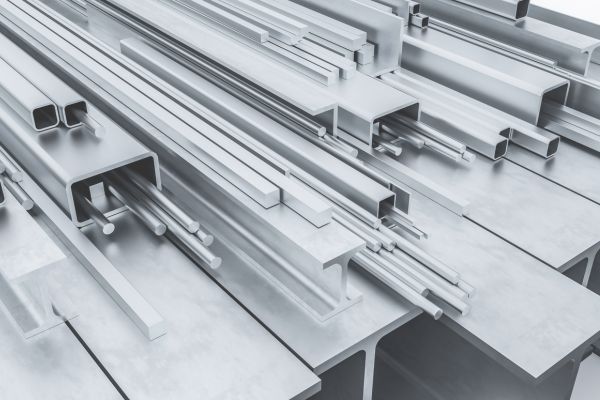Electrical safety is one of the most crucial aspects of any infrastructure or industrial setup. Whether it’s a residential building, manufacturing plant, or power substation, proper earthing ensures protection from electrical faults, short circuits, and lightning strikes. The quality of Earthing Materials directly affects the system’s efficiency and reliability.
At Tanya Galvanizers, we specialise in manufacturing high-quality galvanized earthing materials that ensure stable electrical grounding, durability, and corrosion resistance through advanced Hot Dip Galvanizers technology.
1. Copper Earthing Material
Copper is one of the most preferred earthing materials in India due to its excellent conductivity and long life.
Pros:
- High electrical and thermal conductivity
- Corrosion-resistant and reliable
- Ideal for high-performance industrial and commercial systems
Cons:
- Expensive compared to other materials
- Can be prone to theft due to high resale value
Applications:
Used in sensitive installations such as data centers, hospitals, telecom towers, and electrical substations where performance and reliability are paramount.
2. Galvanised Iron (GI) Earthing Material
Galvanised iron is one of the most commonly used materials because it offers both affordability and corrosion protection. The steel is coated with a layer of zinc through Hot Dip Galvanizers, providing long-term resistance against rust and moisture.
Pros:
- Cost-effective and durable
- Easy to install and maintain
- Strong mechanical strength
Cons:
- Lower conductivity than copper
- May need periodic inspection in highly corrosive environments
Applications:
Ideal for residential, commercial, and industrial earthing systems, especially in non-coastal regions.
3. Chemical Earthing Electrodes
Chemical earthing is gaining popularity for its consistent performance and low maintenance. These electrodes contain conductive compounds that maintain soil conductivity for years.
Pros:
- Excellent performance in dry and rocky soils
- Maintenance-free operation
- Low resistance over time
Cons:
- Higher initial cost compared to GI earthing
- Requires proper installation techniques
Applications:
Used in IT parks, metro projects, refineries, and places with unstable soil conditions.
4. Cast Iron Earthing Plates
Cast Iron earthing materials are known for their robustness and ability to handle heavy electrical loads. Though traditional, they are still relevant in several large-scale projects.
Pros:
- High mechanical strength
- Can handle large fault currents
- Cost-effective for heavy-duty use
Cons:
- Heavyweight and difficult to install
- Less corrosion resistance compared to galvanised options
Applications:
Used in power stations, railway signalling, and large industrial facilities.
5. Stainless Steel Earthing Material
Stainless steel is used in specialised applications that require high corrosion resistance and mechanical durability.
Pros:
- Excellent corrosion resistance
- Long lifespan with minimal maintenance
- Suitable for harsh environmental conditions
Cons:
- More expensive than GI earthing materials
- Slightly lower conductivity compared to copper
Applications:
Used in coastal areas, chemical plants, and industries dealing with corrosive substances.
How Hot Dip Galvanizers Improve Earthing Materials?
Hot dip galvanizing plays a critical role in enhancing the performance of Earthing Materials. Coating steel components with molten zinc creates a protective barrier that prevents corrosion and improves conductivity.
Benefits of using Hot Dip Galvanized Earthing Materials:
- Extended service life
- Resistance to soil chemicals and moisture
- Low maintenance cost
- Consistent and safe electrical grounding
At Tanya Galvanizers, every earthing product undergoes stringent testing to ensure compliance with international standards for electrical safety and corrosion resistance.
The effectiveness of any earthing system depends on the quality and suitability of the materials used. Whether it’s copper, galvanized iron, or chemical electrodes, each serves a specific purpose based on application and environment.
Tanya Galvanizers is one of India’s leading suppliers of Earthing Materials, offering durable, corrosion-resistant, and safe solutions enhanced through Hot Dip Galvanizers.
Contact Tanya Galvanizers today to choose the right earthing materials for your next project and ensure electrical safety that lasts for decades.
FAQs
Q1: Which earthing material is best for long-term use?
A: Copper and hot dip galvanized iron materials are best for long-term performance, offering strength, conductivity, and corrosion protection.
Q2: Why is galvanization important in earthing?
A: Galvanization protects steel from rust and soil corrosion, extending the lifespan of earthing materials significantly.
Q3: What factors affect earthing material selection?
A: Soil condition, fault current capacity, cost, and maintenance requirements determine the right choice of earthing material.
Q4: How often should earthing systems be inspected?
A: Routine inspections should be carried out every 6–12 months to ensure the resistance remains within safe limits.
